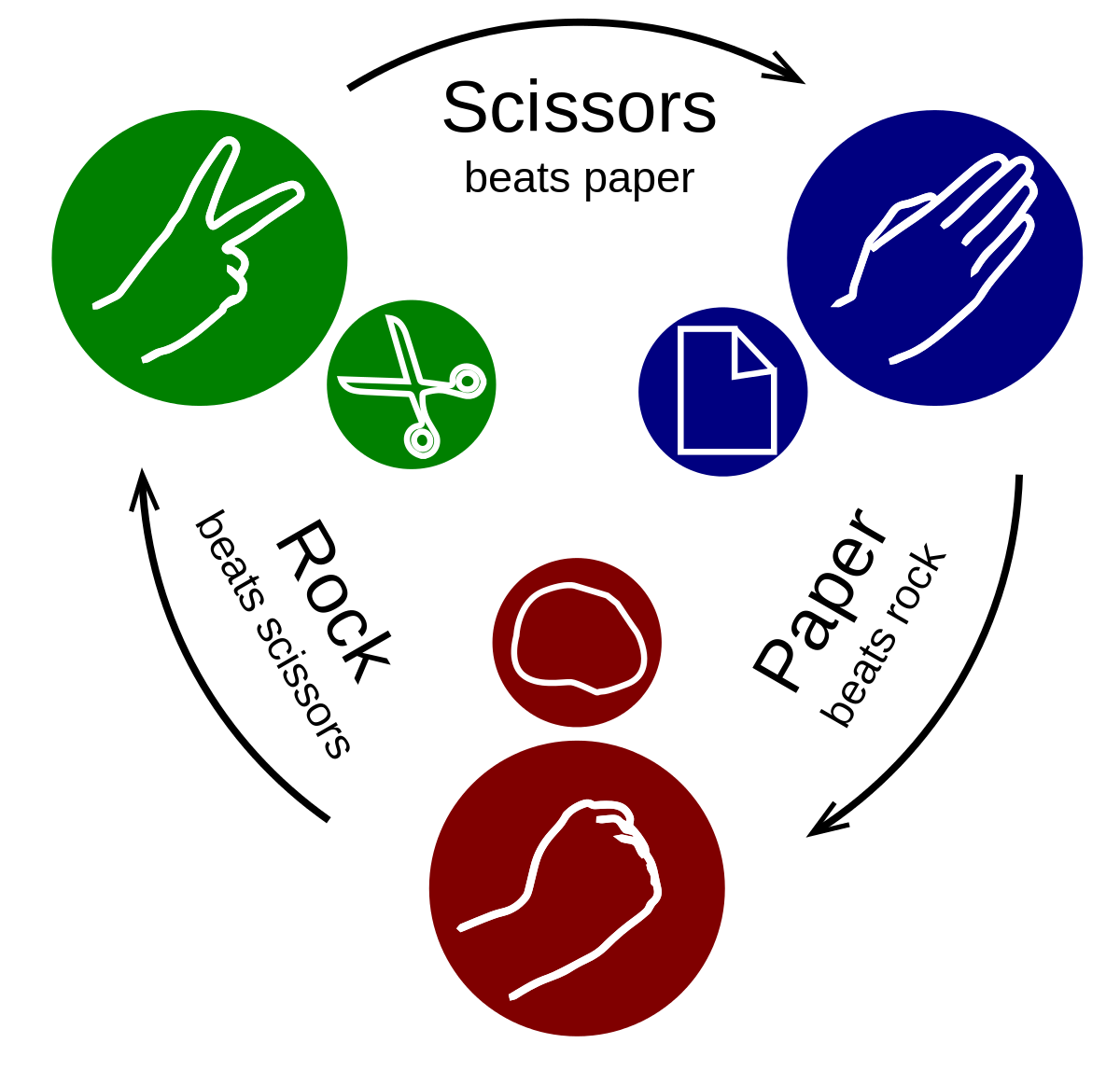This post is for my game design series. To balance a video game is a challenging task. I will share my thoughts in this blog and what I have learned as a player and as a developer.
Balancing games becomes more difficult if there are more and more things to tweak. In following paragraphs, I will discuss different techniques that can be used to balance differnt elements of a game.
Data Analytics
One approach is to use data analytics and see how players behave in multiple situations. In this respect, one can think of increasing the power of every attribute which is not being used by players that much. This can overshoot and can result in overpowering the game and will eventually lead to unevenness. It will surely be balanced in terms of the graphs and charts, but it will not be FUN to play.
Counters
Counters are another way to resolve the problem of balancing games. Any multiplayer game where you can attack your opponents, but they can in turn defend using different tactics is an example of a counter. The best approach to use this method is to let everything has a counter and make everything a counter. This improves our design and does not allow any of the components of the game to be overpowered. A simple example can be of the game “Rock Papers and Scissors.” As you can see in the figure, each component has a counter. Scissors beats papers, paper beats rocks and so on.

This really makes things interesting in a strategic game where players have to plan dynamically. It allows players to make diverse strategies. Players can also find themselves doing multidisciplinary things at the same time. Due to this, the decision making within the game changes a lot as it demands players to change their tactics on the go. Counters can then further be divided into hard and soft counters. A hard counter can be a punch in any fighting game which completely shuts the opponent for a few seconds. On the other hand, a soft counter can be considered as a tactic that just have a little bit advantage over the other tactic. The moves, strategies, and units should be unbalanced themselves but as a collection they must be balanced. The reason to keep them unbalanced is to create a back and forth gameplay.
Balancing Characters
To balance each character within a game, we can log their win rates. Win rates can be recorded as a whole but to do it in different player types is important. By player types I mean that win rates of a character should be noted both for top and low tier players. The more you divide the task, the better the results will be. Another important challenge is to differentiate between a balanced and fun character is to check how much that a particular element or character is being used by a wide variety of players. Sometimes, players think a specific character is more powerful and everyone starts using it. This creates a systematic meta which basically means an element, strategy or character which is used by most of the players so to counter it, other players start developing strategies that can defend these overpowered elements. This keeps the game balance in a lot of ways.
Nerf and Buff
But this is not the case most of the times. Many times, a designer her/himself has to pitch in and change or tweak game elements. There are mainly two concepts in this scenario, to Nerf or to Buff. To Nerf, is to decrease the effectiveness of a particular game element. This can include decreasing the power level of a fighting character, decreasing the defense rate of a field or decreasing the health bar of a character etc. To Buff, is the opposite of Nerf. Buffing increases the effectiveness of a game element.
Timers
Timers can be another solution for the problem. Timers make the game balance in a way that each player has to follow it in the same way as other. Many games have incorporated this strategy into their levels and missions. If you are not able to complete the mission within a specific time limit, you will fail the mission. This is of increased importance specially in stealth games, if a player just finds a way or loophole to keep on waiting at a specific location until all the enemies moves away from its way. This will allow the players to move without any danger of being caught. A timed scenario can stop players from doing this. If the player does not move from its current location, an alarm will sound.
Players with Skills of Different Levels
Another problem is of the less experienced players, how a designer can manage them to enjoy the same game in the similar way as that of an experienced player. Or in a multiplayer game how to keep the level field same for all? There can be a lot of solutions, one is to use a catch-up mechanic. This gives the less experience players a helping hand. For example, if the players die more often than other players, then an increase in any of the game element of low skilled player can be considered as a balance tactic. We can also introduce random increase, which increases player abilities randomly without keeping the design static.
Conclusion
Balancing any game is one of the challenging tasks of game development. It is surely not possible to write each and every detail of game balancing in one blog. I wrote what I know and have learned during my little experience as a developer and designer. In future, I hope to share more of my game design thoughts.